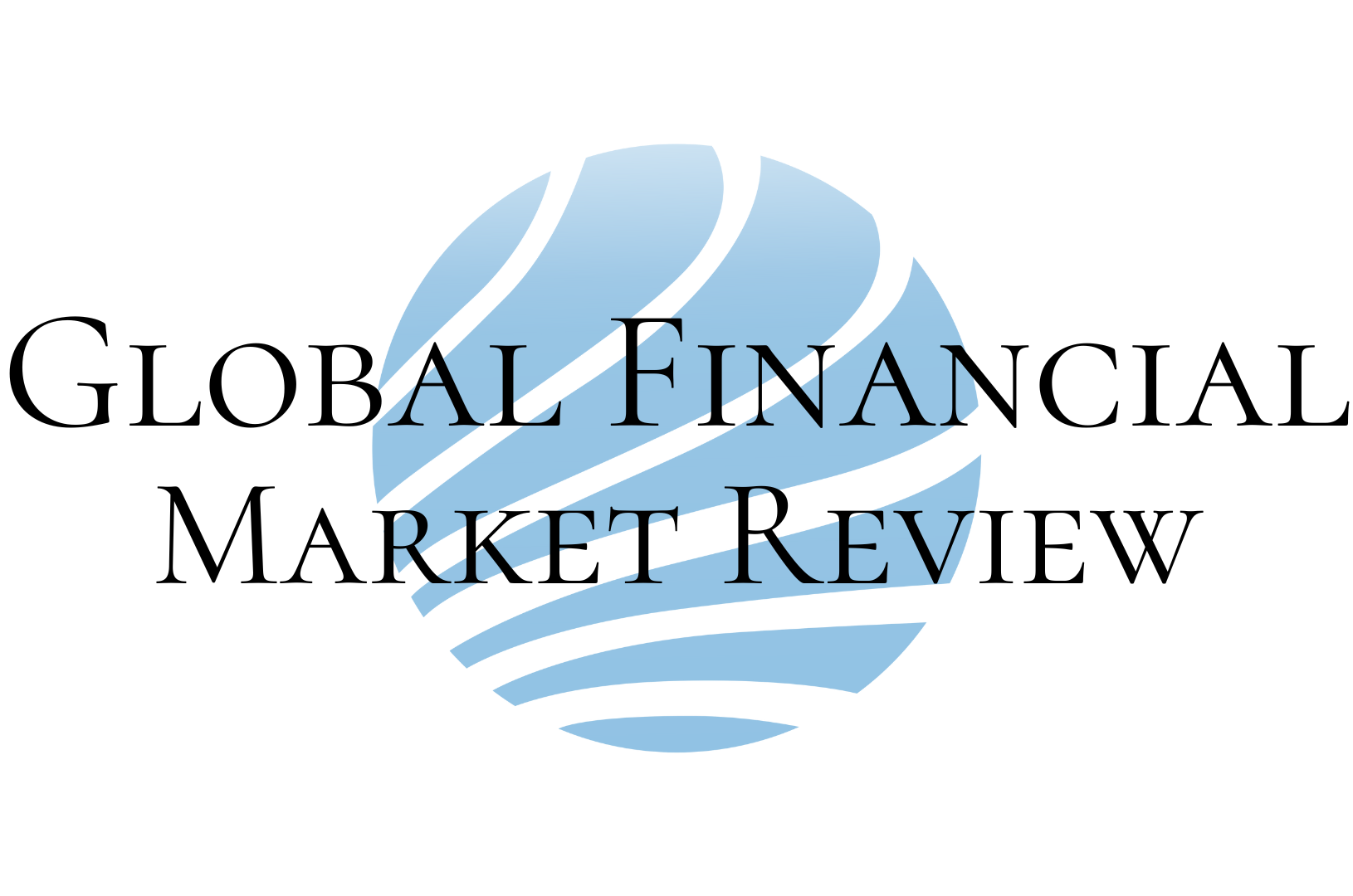Banks are choosing year 2018 to attract billions of USD dollars in order to boost growth. However, they will have to compete fiercely because there are not many new foreign investors.
The 370 million USD deal opened an exciting year for mergers and acquisitions (M&A) in the banking industry. That is the amount that Warbug Pincus, a fund management company, poured into Vietnam Technological and Commercial Joint Stock Bank (Techcombank) one of the bank having the highest growth rates in the system.
Warbug Pincus is a familiar name in Vietnam. The company previously invested in the retail sector through the deal with Vincom Retail and recently the establishment of a joint venture with Becamex a leading company in Binh Duong.
Not only Techcombank, since the middle of the year, many private banks sought foreign capital. For example, Vietnam Prosperity Commercial Joint Stock Bank (VPBank) raised an addition of 300 million USD from foreign investors via book building method. Similarly, in late 2017, Hochiminh city Development Commercial Joint Stock Bank (HDBank) earned over 300 million USD by selling shares to 76 foreign investors (ownig 21.5 percent of the existing shares).
If VPBank and HDBank last year mobilised capital from foreign investors with low ownership rate, many other banks continue to search for investors willing to pour large capital. Commercial Joint Stock Bank for Foreign Trade of Vietnam (Vietcombank) plans to accelerate the issuance of 10 percent stake to foreign investors, in which the potential name is GIC investment fund from Singapore. This deal lasts from 2016 due to the price issue and is expected in 2018.
In addition, a sideline information which has not been confirmed mentions a deal between Commercial Joint Stock Bank for Investment and Development of Vietnam (BIDV) and KEB Bank of Hana Financial Group (South Korea). As expected, BIDV will issue shares to Korean partner to increase capital. Previously, in August 2017, BIDV has signed a preliminary agreemet with KEB Hana Bank.
Ngo Chi Dung, Chair of the Board of directors (BOD) of VPBank, at the recent Annual general Meeting (AGM) said that this is a good time for banks to raise charter capital and the opportunities may slip any time.
In the context when retail and construction continue to develop, the banking sector is recovering strongly. A joint statement from Warburg Pincus and Techcombank mentioned a market of which the total outstanding loans for individuals in 2013-2016 period increased by three times, while high and middle-income segment is having large demand for products such as home loans, car loans and credit cards.
Recently, while Vietcombank is opposed by many people for adjusting fees, Techcombank is popularised with the “zero fee policy via its internet banking channel. Considering financial efficiency, the figures of Techcombank are also very impressive. The pre-tax profit of Techcombank last year reached over eight trillion dong, up by over 49%; while its Return on Equity (ROE) and Return on Assets (ROA) were respectively 23.84 percent and 2.09%, excluding non-recurring income.
Not only Techcombank, 2017 was an effective year for banks’ business with strong growth numbers. Therefore, it is understandable when the M&A activities are getting more exciting. On the stock market, numerous bank stocks have recorded significant price increase compared to the same period of 2017. The price increase was up to 56 percent last year while the VN Index increased by only 48%. So far, Vietcombank share price has reached 72,000 dong per share, and VPBank share prices has exceeded over 64,000 dong per share, continuously breaking the record high levels while it got listed at just 39,000 dong per share.
Nevertheless, the above numbers are insignificant if compared to Techcombank shares. On the unofficial market, Techcombank share price is offered at up to 100,000 dong per share, a very sharp increase. In fact, the share prices of joint stock banks often increase strongly when they are preparing to list on the stock exchange. Statistics of Saigon Securities Incorporation (SSI) said that the price of VPBank has tripled compared to the level before its listing.
The soar of stock price shows the interest of investors in bank stocks. However, ultimately, it is also the result of the upcoming M&A deals of banks in general.
Many banks have set a roadmap to increase charter capital and the warming stock market is really a good time. Even VPBank is currently under a stong pressure of increasing capital to further boost its growth. Speciffically, the bank’s shareholders committee has approved the plan to increase charter capital by about 12 trillion dong from 15.706 trillion dong to nearly 27.8 trillion dong in 2018. The method of raising capital includes distributing dividends in shares and bonus shares from the reserve fund for supplementing charter capital, and employee stock ownership plan (ESOP). After carrying out the above methods, VPBank will continue to sell 15 percent of shares to foreign strategic shareholders.
In fact, VPBank shareholders perhaps are very happy with the high dividend payment (67%) but oly in shares not in cash. The point of VPBank is to accumulate capital for growth, similar to Techcombank which has not paid dividends for many years.
Many other banks are also expecting to submit the capital raising plan at the AGM this year. Vietnam International Commercial Joint Stock Bank (VIB) will submit the capital raising plan but will not mention the search for foreign investor. The strategic shareholder of VIB is currently still CBA (20 percent ownership). Many banks will increase charter capital this year, through the issuance of more shares.
Many banks are in fact thirsty for capital, not only for developing but also for ensuring the safety ratios. Banks mentioned into above will pilot the Basel II application this year. The plan report clearly stated that VPBank expects to use 8.5 trillion dong to meet some needs such as increasing medium and long-term capital source to meet the credit growth demand, to enhance financial capacity, to satisfy capital and operational safety ratios. Estimate of SSI in 14 banks including state-owned and private banks showed that the capital increase in 2018 will be about 3.07 billion USD.
Almost every banks set high targets this year. VPBank targets pre-tax profit growth of 33%, while that of VIB is 45%. The game starts with mobilising more capital.
Banks themselves will be under the pressure to compete against each other in terms of capital to be more beautiful in the eyes of foreign investors. However, the names of investors are fairly familiar with deep understanding of the Vietnam’s financial market. Meanwhile, it takes time to persuade new investors to pour capital into the market of Vietnam.
A factor to attract foreign investors is surely the growth potential of banks along with their certain advantages. For joint stock banks, the strength obviously depends on the self-domination of each boss. Techcombank is owned by the group of Masan shareholders, which is also an expert on the market, while HDBank shares is owned by the first female billionaire Nguyen Thi Phuong Thao with many different companies in the ecosystem.
Meanwhile, VPBank owns FE Credit and deeply penetrates the lending segment with high risk level, but that contributes more than half of the bank’s profits. Its capital calling activities will of cource be simpler and more convenient compared to other banks.


